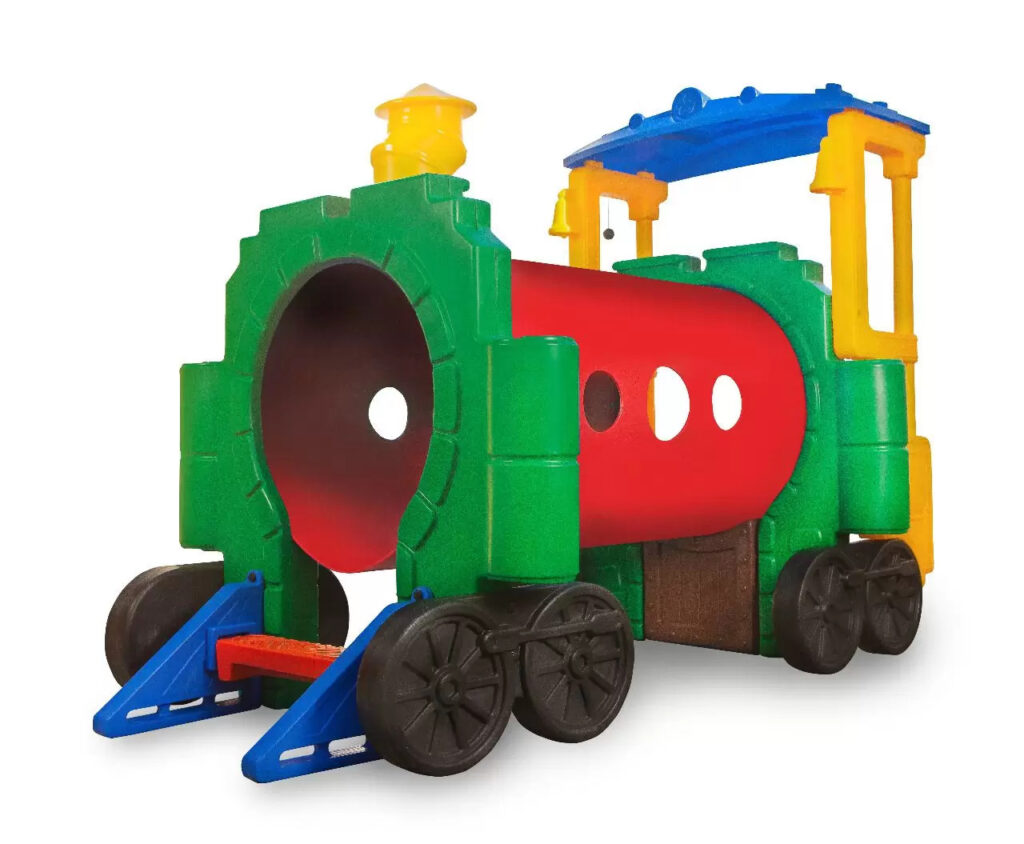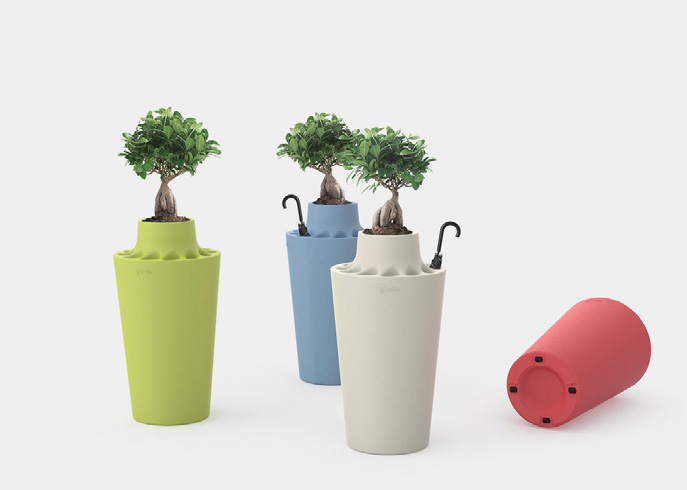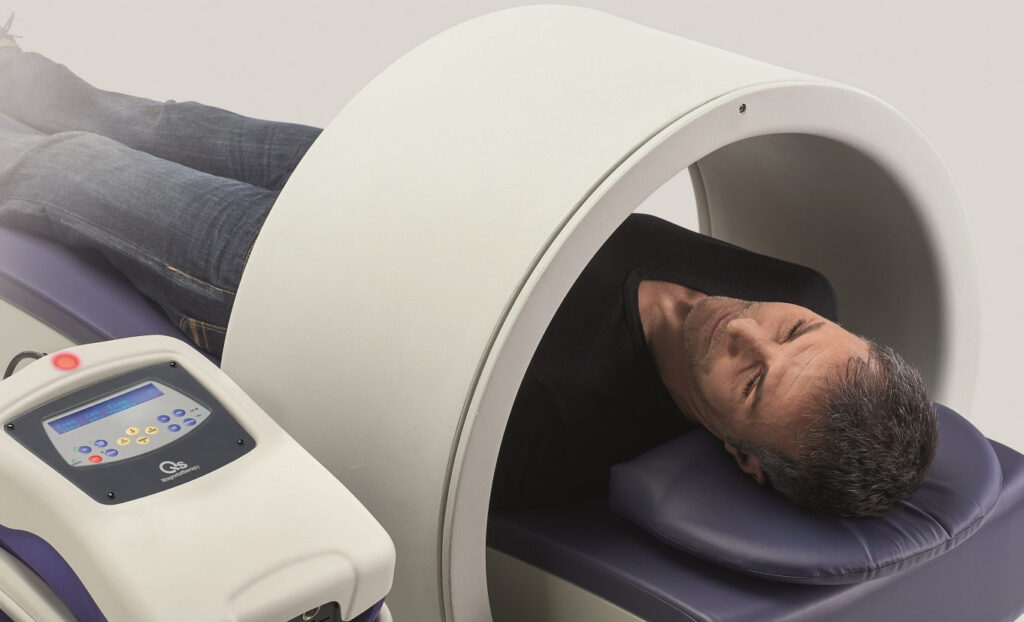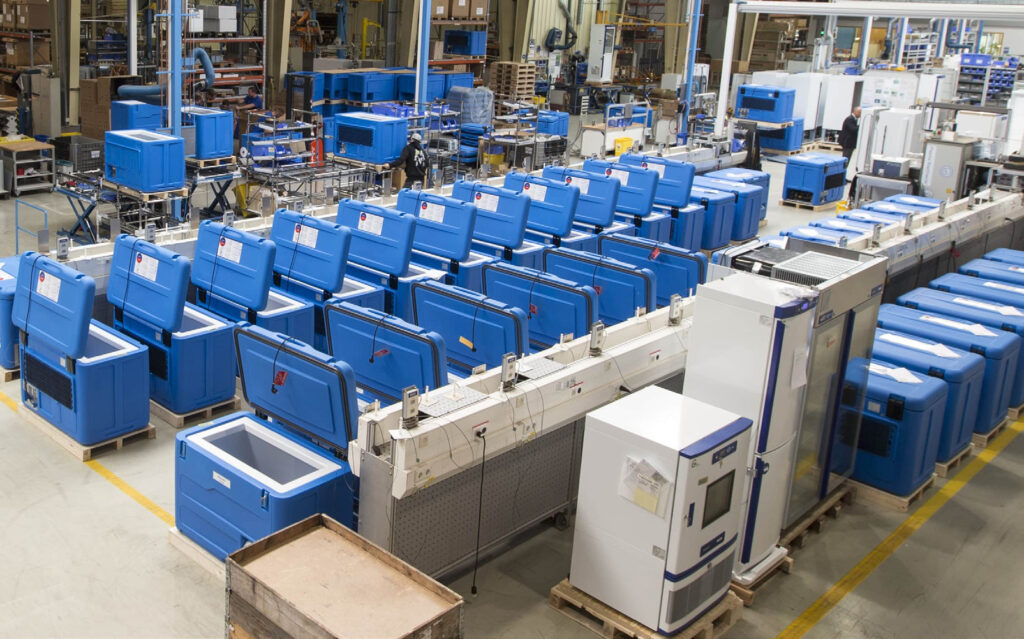Introduction
In this article, we delve into the rotomolding industry, a versatile technique capable of adapting to the demands of various sectors, becoming an essential element in modern manufacturing.
Rotomolding stands out in the industry for its ability to meet the specific needs of different sectors. From rotomolded tanks for agriculture to rotomolded toys and furniture, its application is vast and innovative. This robust and refined technique is the choice for manufacturing complex parts of various shapes and sizes.
The goal of this article is to conduct an in-depth analysis, exploring the key sectors that use rotomolding and the benefits this technique brings to the industry as a whole. Get ready for an exploration at the technological frontier, where innovation meets efficiency.
Technical Overview of Rotomolding
A Rotomoldinga vital molding technique in the rotomolding industry gained popularity after World War II, evolving continuously to meet the demands of the modern industry.
The fundamentals of this process are based on two basic principles:
- The molding material is heated until it reaches a plastic state.
- The material is then rotated to form a uniform layer around the mold.
This rotational molding process has been particularly effective in producing large rotomolded industrial parts, such as rotomolded tanks rotomolded toys and even rotomolded furniture and decoration. Its comprehensive and versatile application makes it an indispensable technique in various industry sectors.
Versatility of Rotomolding in Different Sectors
When we talk about rotomolding in the industry, a word that stands out immediately is versatility. This technique has brought revolutionary changes to various sectors, efficiently meeting specific needs with innovation. So, let's explore how different sectors have applied rotomolding.
Storage and Containment
In the storage and containment sector, rotomolding has produced robust and durable storage tanks for liquids and containers for chemicals. Additionally, it has been very useful in creating efficient waste containment boxes.
Toys and Recreation

A Rotomolding has transformed the leisure sector, especially in the rotomolded, by providing notably safer and durable playgrounds and recreational structures. The manufacturing of plastic children's toys through this process results in resilient products capable of withstanding frequent use.
Furniture and Decoration

It stands out as a method that imparts remarkable durability to furniture, making them capable of facing the most challenging weather conditions while maintaining their aesthetic integrity over time. Moreover, the versatility of rotomolding allows the creation of unique garden vases and decorations, providing a distinct and contemporary aesthetic to outdoor spaces.
Automotive
In the automotive industry, rotomolding emerges as a fundamental technique that enables the manufacturing of internal parts, including consoles and panels, as well as the production of fuel tanks and other components of remarkable quality and durability. The benefits extend beyond durability, encompassing the creation of components that meet the demanding standards of the automotive industry, contributing to the excellence and reliability of produced vehicles.
Agriculture
In the agricultural scenario, rotomolding plays a crucial role. Through this process, it is possible to create robust and durable agricultural implements capable of withstanding the rigorous demands of the field. Additionally, the importance of rotomolding in the production of efficient tanks for the transport of agricultural liquids is highlighted. These tanks, molded integrally and without seams, offer not only durability but also ensure safety in the storage and transport of essential liquid inputs for agricultural activities.
Construction
In civil construction, rotomolding stands out as an innovative technique successfully applied in the manufacturing of various fundamental parts. From sinks and bathtubs to thermal insulation blocks, the versatility of this process proves essential in the production of components that meet both functional and durability requirements.
Medical Equipment

Rotomolding has played a crucial role in producing essential solutions for the medical sector, providing boxes and containers intended for the safe transport of medical equipment. The uniqueness of this manufacturing process allows continuous and homogeneous molding, resulting in sturdy and durable boxes that are vital for the storage and transport of sensitive medical devices.
Chemical Industry
The ability of rotomolding to produce seamless parts contributes to operational safety, avoiding possible leaks and ensuring proper control during the handling of chemical products. These containers are molded to meet the industry's strict standards, offering durability, resistance, and effectiveness in preserving the integrity of stored chemical products.
Water and Sanitation
Rotomolding crucially contributes to the manufacturing of water storage tanks. These continuously molded tanks offer durability and resistance, ensuring the preservation of water quality over time. Moreover, the ability to adapt to different sizes and specifications makes rotomolding a versatile choice to meet the specific water storage needs in sanitation systems.
In all these sectors, rotomolded equipment has stood out for its strength, durability, and efficiency. The ability of rotomolding to adapt to the specific demands of each sector has been a key to its widespread implementation.
Technical Challenges Overcome by Rotomolding
A rotomolding in the industry has played a crucial role in overcoming various technical challenges faced by industries. In a world where efficiency and precision are crucial, rotomolding has stood out as an effective and innovative solution.
Rotomolding has overcome some of the major bottlenecks faced in the industry, such as dealing with large-sized parts, offering material versatility, reducing tool costs, and providing flexibility in design. Moreover, the cost and time required for manufacturing these parts often restricted companies' ability to efficiently meet customer demands. These factors have made rotomolding a valuable choice for various industries, optimizing processes and expanding manufacturing possibilities.
Future Perspectives: The Role of Rotomolding in Industrial Innovation
When considering industrial innovation, rotomolding stands out as a significant option. To understand its importance in future trends, it is necessary to examine emerging technologies in rotomolding and anticipate technical trends in the industry.
Emerging Technologies in Rotomolding
- It is important to emphasize that rotomolding is not a stagnant technique but an area in constant evolution. Just as Industry 4.0 revolutionizes manufacturing processes, these transformations also impact rotomolding.
- The use of simulation software to optimize the rotomolding process is one of these innovations. These software tools allow predicting the material's behavior during the process, saving time and resources in developing new parts.
- The incorporation of smart sensors sensors into molds also represents a significant advancement. They monitor the molding process in real-time, providing accurate data to adjust and enhance the final product's quality.
Anticipating Technical Trends in the Industry
- The industry, by nature, is a sector that transforms at an accelerated pace. Each technological advance opens new possibilities for the use of rotomolding. To stay ahead, it is necessary to anticipate these trends.
- The growing use of biodegradable and recycled materials is one of these trends. Rotomolding, with its ability to mold a wide variety of materials, has the potential to be a leading technique in adopting these sustainable alternatives.
- Another trend is mass customization, where rotomolding can play a crucial role. This is because its flexibility allows the creation of customized parts on a large scale, meeting consumers' demand for unique products.
In summary, rotomolding, with its emerging technologies and ability to anticipate trends, has an essential role in industrial innovation. Companies that know how to leverage its possibilities will be a step ahead in the race for competitiveness.





